Health and Wellness Trends
The Pasta Market is witnessing a significant impact from the growing health and wellness trends among consumers. As individuals become more health-conscious, there is an increasing demand for pasta products that offer nutritional benefits, such as whole grain, high protein, and low glycemic index options. Market data reveals that the whole grain pasta segment is expected to grow at a rate of 10% over the next few years, reflecting a shift towards healthier eating habits. This trend is prompting manufacturers to reformulate existing products and develop new offerings that align with health-oriented consumer preferences. The Pasta Market is thus adapting to these changes, focusing on transparency in ingredient sourcing and promoting the health benefits of their products to attract a broader audience.
Convenience and On-the-Go Consumption
In the fast-paced lifestyle of modern consumers, convenience plays a pivotal role in shaping the Pasta Market. The increasing demand for quick meal solutions has led to a surge in ready-to-eat and instant pasta products. Market data suggests that the segment for convenience pasta is expected to witness a growth rate of around 15% in the coming years. This trend is particularly pronounced among busy professionals and families seeking nutritious yet time-efficient meal options. The Pasta Market is responding by introducing innovative packaging and preparation methods, such as microwaveable pasta meals and single-serve portions, which cater to the on-the-go consumer. As a result, convenience is becoming a key driver of growth, influencing product development and marketing strategies across the industry.
Rising Demand for Plant-Based Products
The Pasta Market is experiencing a notable shift towards plant-based products, driven by increasing consumer awareness regarding health and sustainability. As more individuals adopt vegetarian and vegan diets, the demand for pasta made from alternative ingredients such as lentils, chickpeas, and quinoa is on the rise. This trend is reflected in market data, indicating that the plant-based pasta segment is projected to grow at a compound annual growth rate of approximately 20% over the next five years. The Pasta Market is thus adapting to these preferences, with manufacturers innovating to create nutritious and appealing options that cater to health-conscious consumers. This shift not only enhances the product offerings but also aligns with broader environmental goals, as plant-based diets are often associated with lower carbon footprints.
Culinary Exploration and Global Flavors
The Pasta Market is increasingly influenced by culinary exploration and the growing interest in diverse global flavors. Consumers are becoming more adventurous in their food choices, seeking authentic and unique taste experiences. This trend is evident in the rising popularity of specialty pasta varieties infused with regional ingredients and flavors, such as truffle, saffron, and various spices. Market data indicates that the specialty pasta segment is projected to grow by approximately 12% annually, as consumers are willing to pay a premium for gourmet options. This shift not only enhances the appeal of pasta but also encourages manufacturers to innovate and expand their product lines. The Pasta Market is thus embracing this trend, fostering a culture of culinary creativity that resonates with consumers' evolving palates.
Sustainability and Eco-Friendly Practices
Sustainability is becoming an increasingly critical driver within the Pasta Market, as consumers are more inclined to support brands that prioritize eco-friendly practices. This trend encompasses various aspects, including sustainable sourcing of ingredients, environmentally friendly packaging, and ethical production methods. Market data indicates that a significant portion of consumers is willing to pay more for products that are certified organic or carry sustainability certifications. This shift is prompting manufacturers to adopt greener practices, such as reducing water usage in production and utilizing biodegradable packaging materials. The Pasta Market is thus evolving to meet these expectations, fostering a more sustainable future while appealing to environmentally conscious consumers. This commitment to sustainability not only enhances brand loyalty but also positions companies favorably in a competitive market.
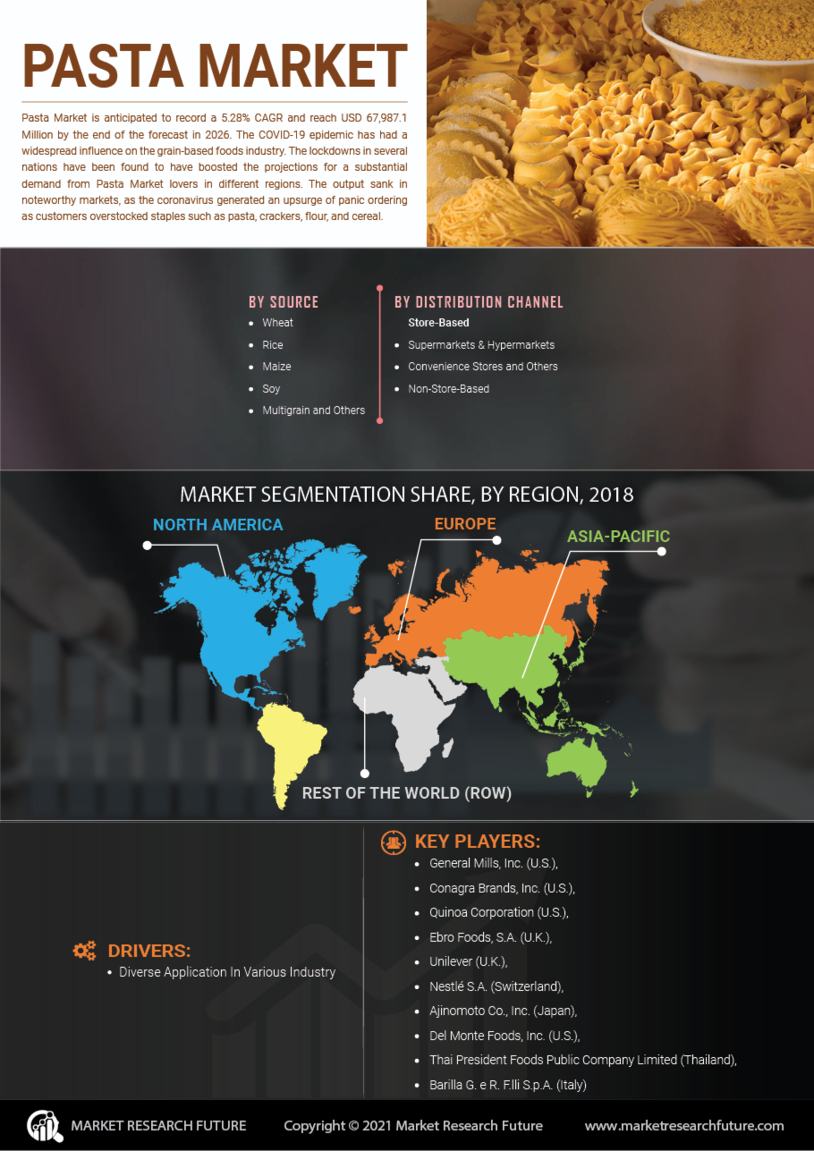

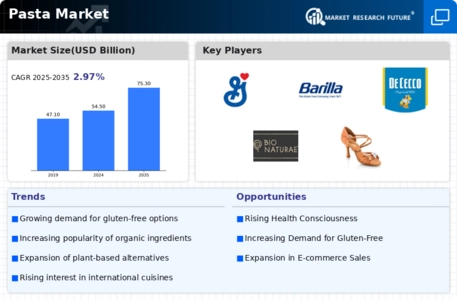
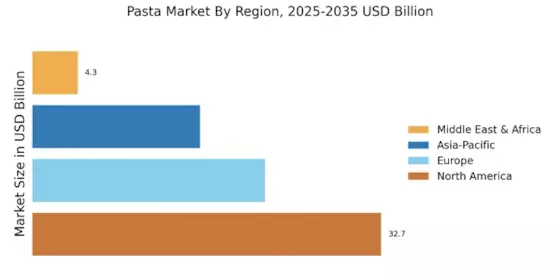
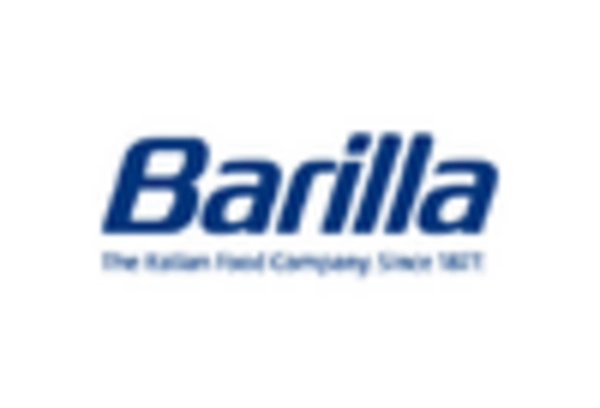
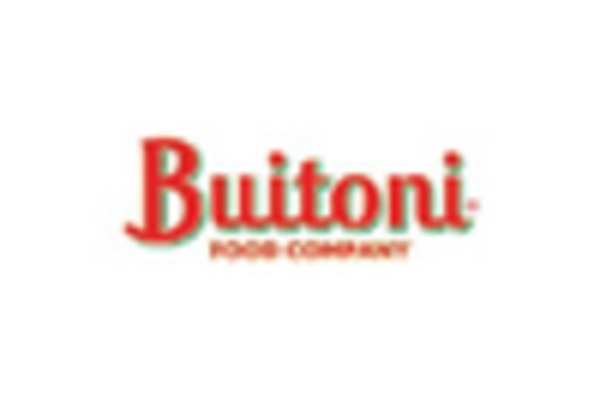
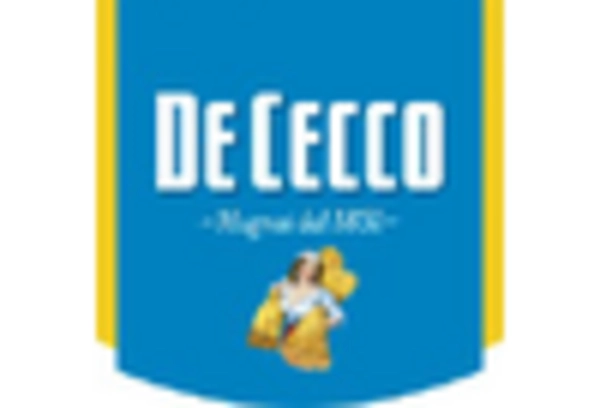
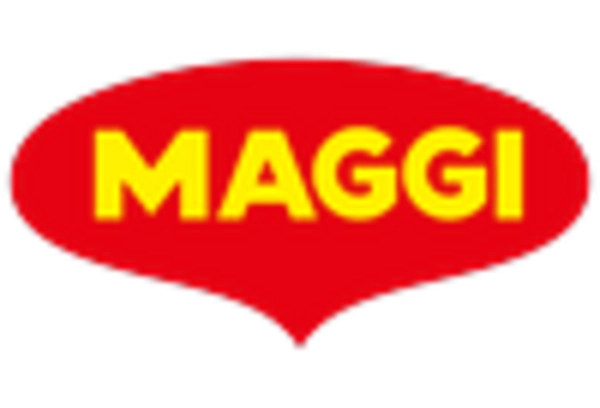










Leave a Comment